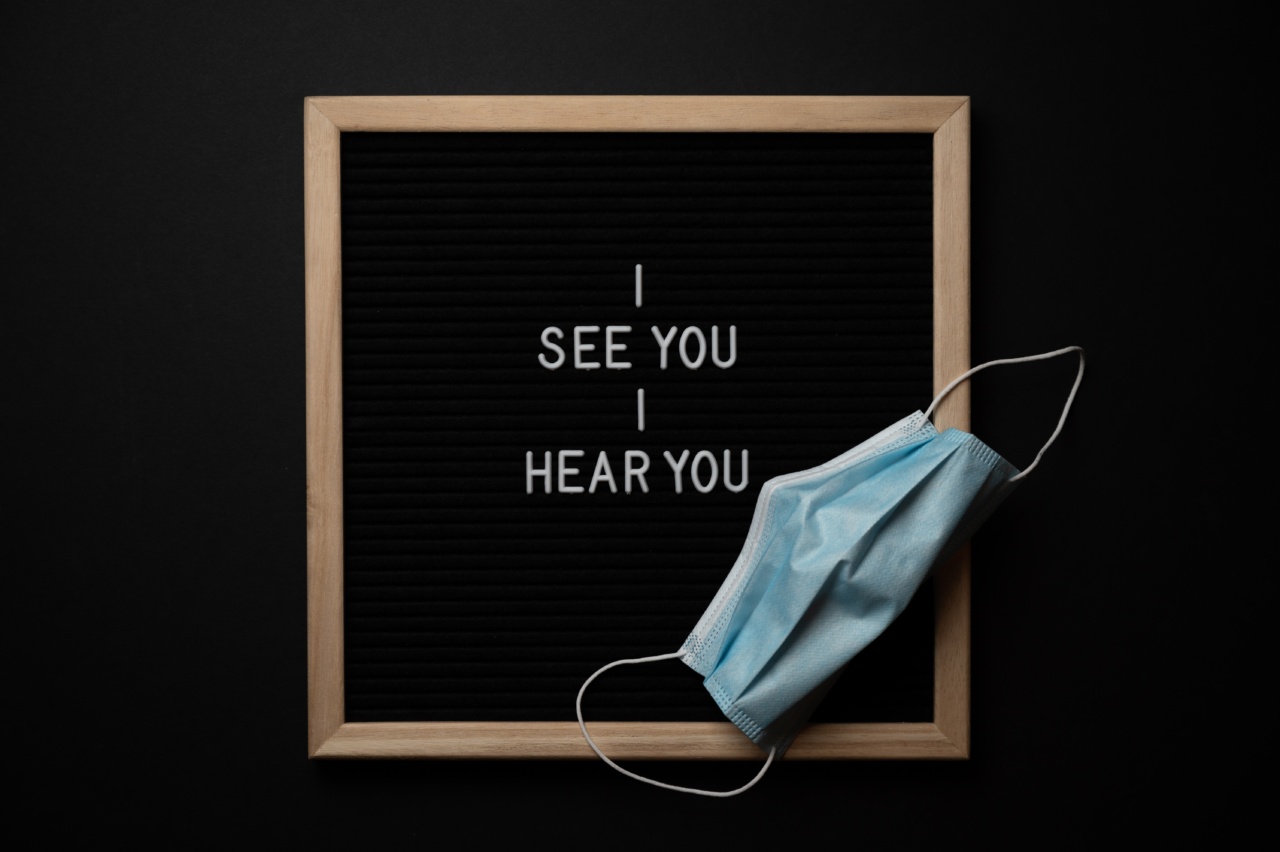Mental illness is a widespread problem that has been stigmatized for decades.
Despite significant advancements in mental health treatment, social stigma and discrimination surrounding mental illness continue to persist and pose significant challenges for individuals and their families. People with mental illness face discrimination in various forms, including employment, housing, education, and personal relationships. This article discusses the burden of mental illness and how social stigma contributes to it.
What is Mental Illness?
Mental illness refers to a range of conditions that affect an individual’s mood, thinking, and behavior.
Mental illnesses can range from common conditions such as anxiety or depression to more severe conditions such as schizophrenia, bipolar disorder, and personality disorders. These conditions often result from a combination of genetic, biological, environmental, and psychological factors.
Mental Illness as a Burden
Mental illness can be a significant burden for individuals, families, and society as a whole.
Mental illnesses often interfere with an individual’s ability to function at work, school, and home, resulting in the loss of productivity, income, and social interaction. Mental illness is also associated with a higher risk of suicide, substance abuse, and other health problems.
Stigma Surrounding Mental Illness
Social stigma surrounding mental illness has long been a significant barrier to seeking help in mental health. Stigma can be defined as a set of negative attitudes and beliefs that individuals have toward people with mental illness.
These attitudes can result in discrimination, exclusion, and stereotyping, which can worsen an individual’s condition and impair their recovery process.
Causes of Stigma
There are several causes of stigma surrounding mental illness. One of the main causes is the lack of awareness and understanding of mental health disorders.
Many people do not understand the complexity of mental illness and tend to view people with mental illnesses as violent, weak, or just plain crazy. The media also plays a role in perpetuating these negative stereotypes, often associating mental illness with violence or criminal behavior.
Another cause of stigma is fear. People may be afraid of someone with a mental illness, mainly if they have never been around someone with these conditions. Fear leads to misconceptions and prejudices, which can result in discrimination.
The Effects of Stigma
Stigma has far-reaching consequences for individuals with mental illness. Discrimination can occur in various forms, including employment, housing, healthcare, and social interaction.
Many individuals with mental illness do not seek help due to fear of being stigmatized or discriminated against by their families, friends, or colleagues. This reluctance to seek treatment can worsen the condition, leading to longer periods of illness, increased disability, and higher health care costs.
Breaking the Stigma
Battling against mental illness requires a combination of medical treatment, support from family and friends, and a supportive and understanding community. One of the essential steps to breaking down social stigma is education.
By increasing awareness and understanding of mental health disorders, the broader community can work to break down stereotypes and misconceptions about mental illness.
Mental health professionals can also help reduce stigma by speaking up about the importance of mental health screening and treatment.
By discussing their struggles with mental health, they can remove some of the shame and guilt surrounding mental illness.
Conclusion
Mental illness is a burden that affects individuals, their families, and society as a whole. Social stigma is a significant obstacle to breaking down the barriers that prevent people from accessing the care they need.
By increasing awareness and understanding of mental health issues, we can build supportive and inclusive communities that help diminish the burden of mental illness.































